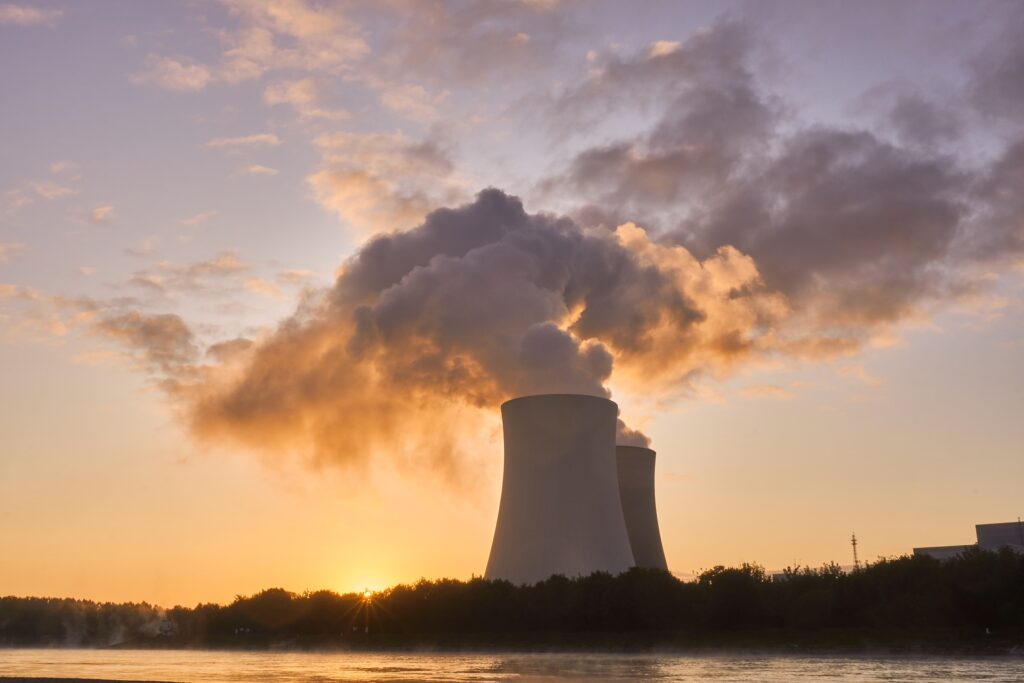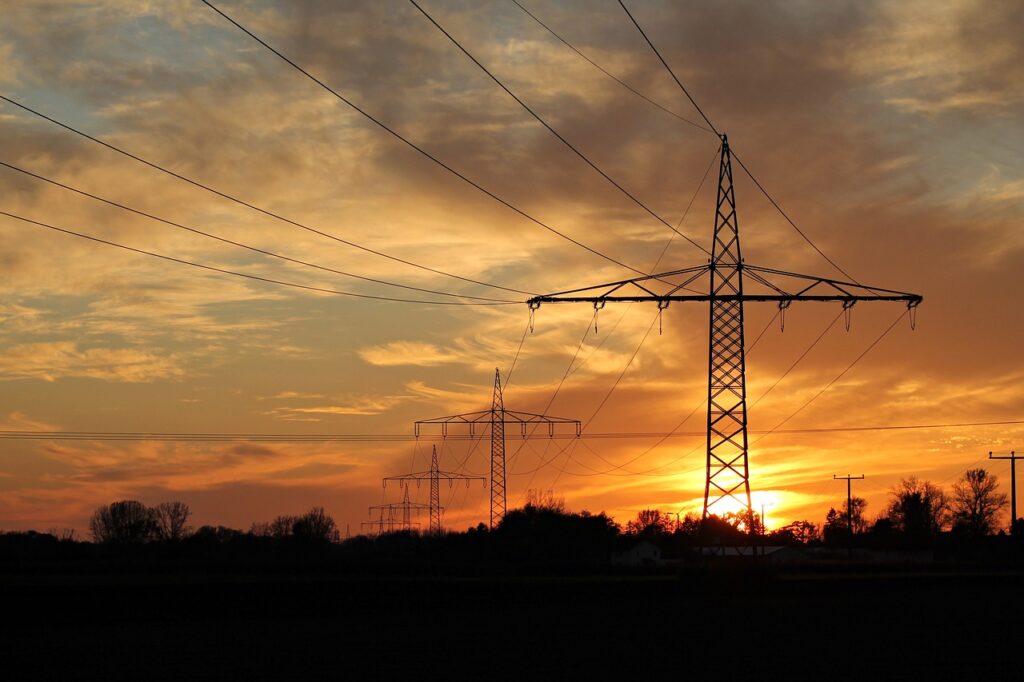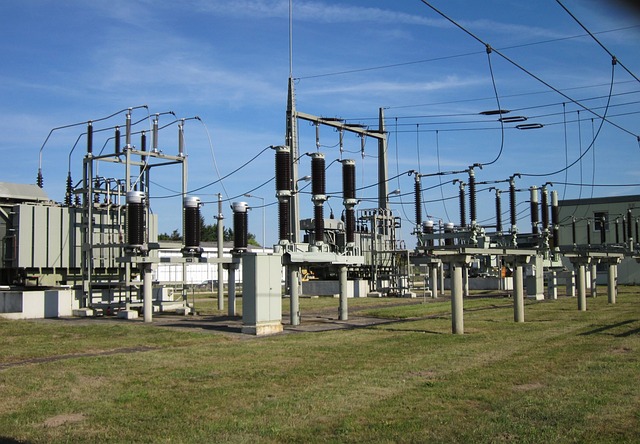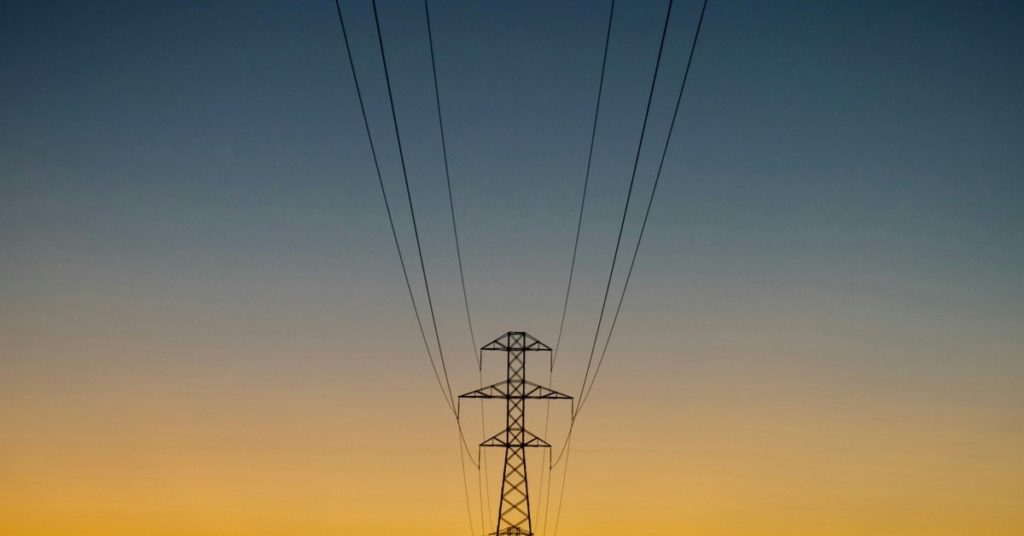The electrical grid is a complex network of power generation plants, transmission lines, substations, and distribution networks that deliver electricity to homes and businesses. It is responsible for ensuring that electricity is produced, transmitted, and distributed to consumers in a safe, reliable, and affordable manner.
Generation – Transmission – Distribution
At the heart of the grid are power plants that generate electricity. These can include large-scale power stations that burn fossil fuels, nuclear power plants, and renewable energy sources such as wind, solar, and hydro power.

Once the electricity is generated, it is transmitted through high-voltage transmission lines to substations, where it is transformed into lower voltages for distribution to homes and businesses. These substations also help to regulate the flow of electricity to ensure that it is delivered at a consistent and stable voltage.

From the substations, electricity is distributed through local distribution networks to homes and businesses. These networks consist of power lines, transformers, and other equipment that delivers electricity directly to customers.

To ensure that the electrical grid operates efficiently and effectively, it is managed by a complex system of computerised controls and monitoring systems – you can read more about that in our other blog post about load management. These systems help to detect and respond to problems on the grid, such as power outages or fluctuations in demand.
The importance of a reliable grid
Despite its complexity, the electrical grid plays a crucial role in modern society, powering everything from homes and businesses to hospitals, schools, and transportation systems. By understanding how the grid works, we can better appreciate the importance of this critical infrastructure and work to ensure that it remains reliable, safe, and sustainable for generations to come.
In recent years, there also has been a growing interest in developing “smart grids” that use advanced technologies such as sensors, automation, and data analytics to better manage the flow of electricity on the grid. These systems can help to improve the reliability and efficiency of the grid, as well as facilitate the integration of renewable energy sources.
We hope this short blog post gave you a good overview of how the electrical grid functions and what components it is comprised of.
